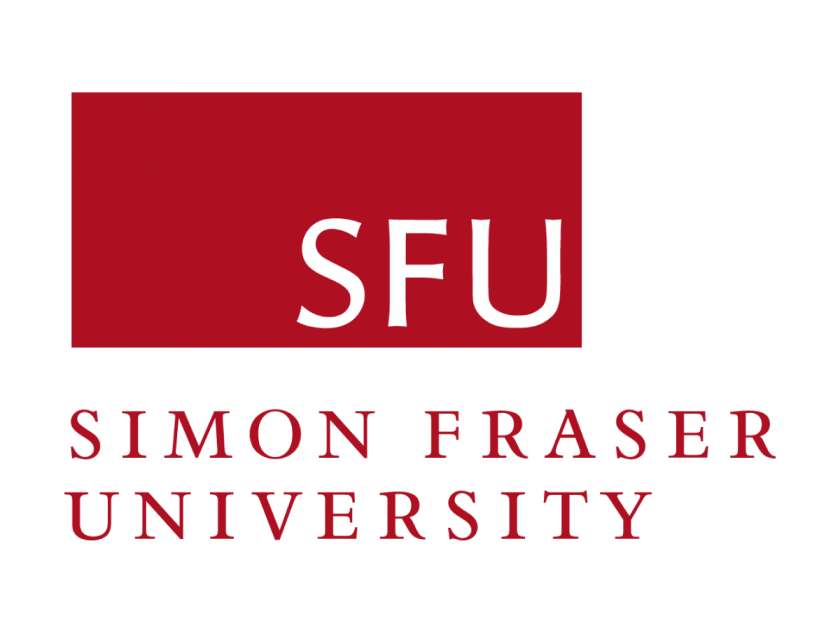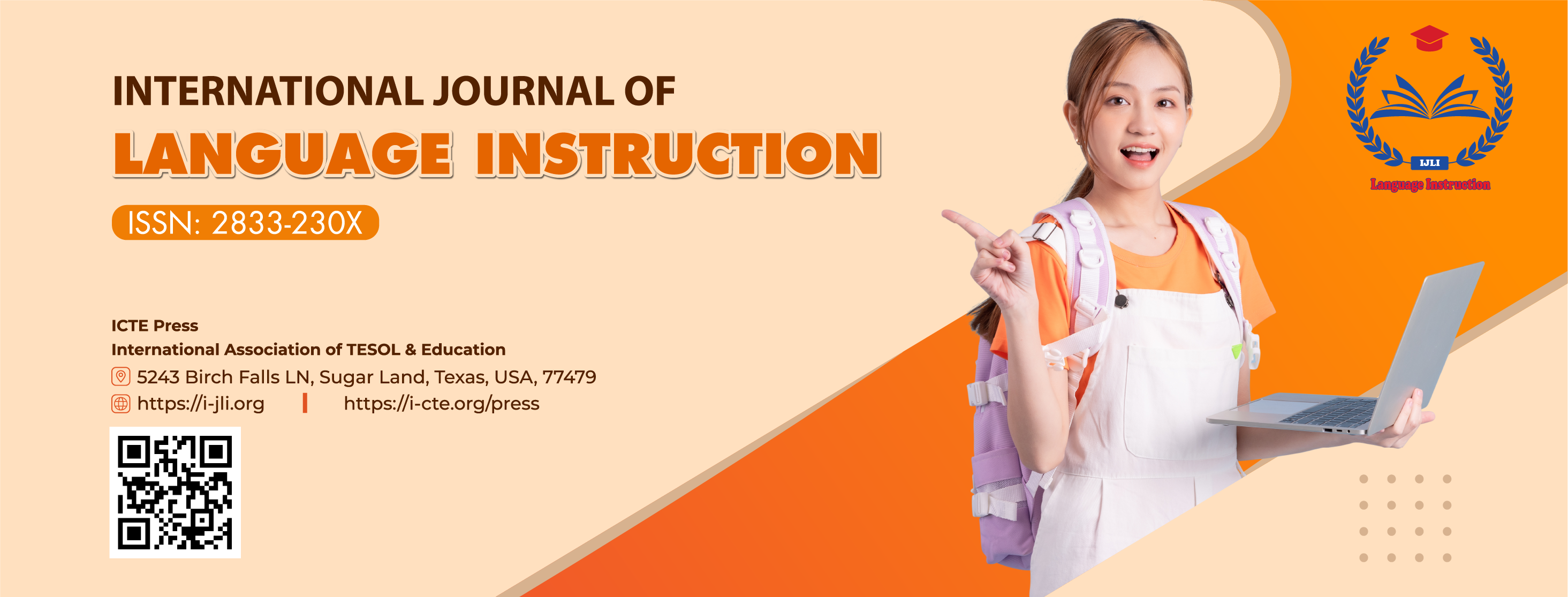Tentative Agenda Released for the 5th International Conference of TESOL & Education (ICTE 2025)
Announcement: Tentative Agenda Released for the 5th International Conference of TESOL & Education (ICTE 2025)
Theme: AI-Powered Language Learning: Innovations and Future Directions
Conference Dates: 15-16 August 2025
Venue: Hanoi University of Industry, Ha Noi, Vietnam
We are delighted to announce that the tentative agenda for the 5th International Conference of TESOL & Education (ICTE 2025) is now available. This year’s conference brings together an exciting array of presentations, workshops, and keynote talks under five central themes:
- AI in Language Education
- Assessment and Feedback Practices
- Language, Culture, Identity
- Technological Integration in ELT
- Speaking and Learning Psychology
These themes reflect cutting-edge research and best practices in TESOL, English language studies, and education technology.
Please note: (https://i-cte.org/conference-program)
- The current agenda is tentative and subject to change based on presenters’ availability.
- If your name is not listed in the agenda, kindly contact the conference secretary as soon as possible to confirm your registration and presentation status.
- For those not presenting at the conference but still wishing to submit full papers for publication consideration, please note there is a regular article processing charge (APC) of USD 70 per paper.
Special Announcement: Special Issue (Scopus Q1 Journal)
We are proud to announce that selected qualified papers from ICTE 2025 will be considered for publication in a Special Issue of a Scopus Q1 indexed journal.
Read more about Tentative Agenda Released for the 5th International Conference of TESOL & Education (ICTE 2025)





